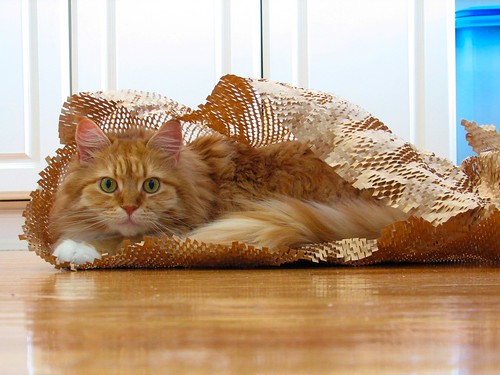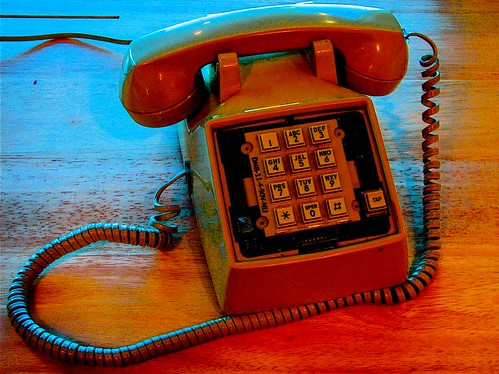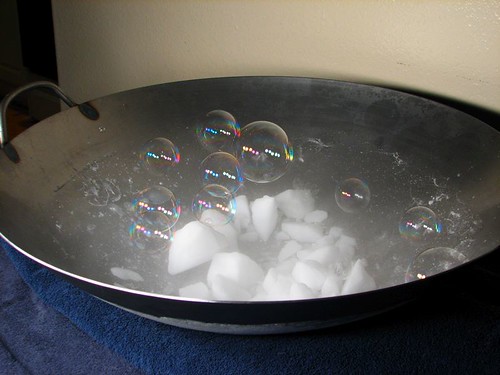This is a quick note on AVR programming with the AVRISP MkII programmer, with which it is possible to foul up your clock fuse bits. =)
(This might be plain as day to some out there, but *I* didn’t know about it, so I thought I’d jot it down.)
Minor problem: I was programming some AVRs when I thought I might try to change the clock fuse bits to use one of the low-frequency internal oscillators. Apparently, it is possible to change the clock frequency low enough that the ISP interface can no longer program the flash– at which point it *seems* as though the chip is lost. These are inexpensive chips, (around $2 each), but the cost can add up quickly if you don’t fix the broken ones. Besides, they’re made of plastic, so you can’t even recycle them into a trivet.
Continue reading Fixing a bad frequency fuse bit on an AVR












